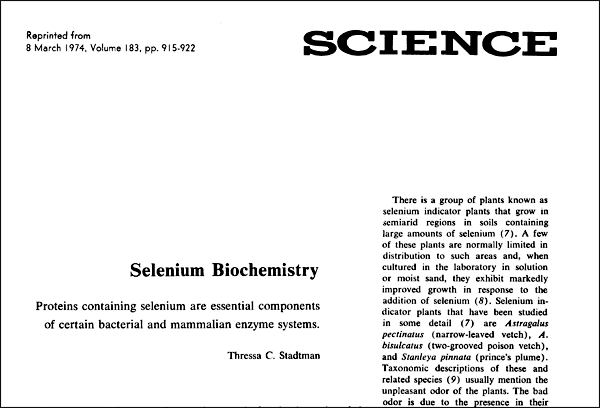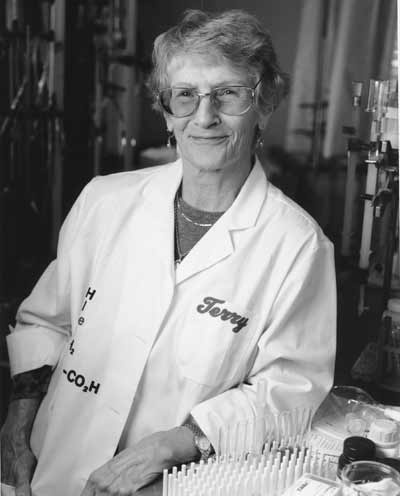...
Selenium was a chemical element discovered in 1817 by the Swedish scientist Jöns Jacob Berzelius (1779-1848). This mineral, existing only in trace amounts in nature, did not receive much attention until the 1930s, when it was identified as a potent toxic substance that was dangerous for cattle and other livestock. While selenium was largely known for its toxic effects, some research articles in the 1950s reported contradictory findings. For example, they showed that dietary intake of selenium helped prevent liver necrosis in rats, protected chickens from exudative diathesis, and prevented a type of muscular dystrophy known as white muscle disease, which was particularly lethal in young animals. These nutritional studies in animals were in fact preceded by an earlier report in 1954 that the activity of formate dehydrogenase, an enzyme produced by bacteria, depended on the addition of selenium to the growth medium. Despite its significance, this finding received little attention at that time.
It was almost two decades later that selenium was actually found to be present in an enzyme. In addition to Thressa's discovery in 1972 that glycine reductase contained selenium, there was a simultaneous demonstration by scientists at the University of Wisconsin that glutathione peroxidase, an enzyme extracted from the red blood cells of animals, also contained selenium that was necessary for its normal catalytic activity. These studies rekindled a general interest in the biochemical investigations of selenium.
| Div | ||||||||||
|---|---|---|---|---|---|---|---|---|---|---|
| ||||||||||
|



